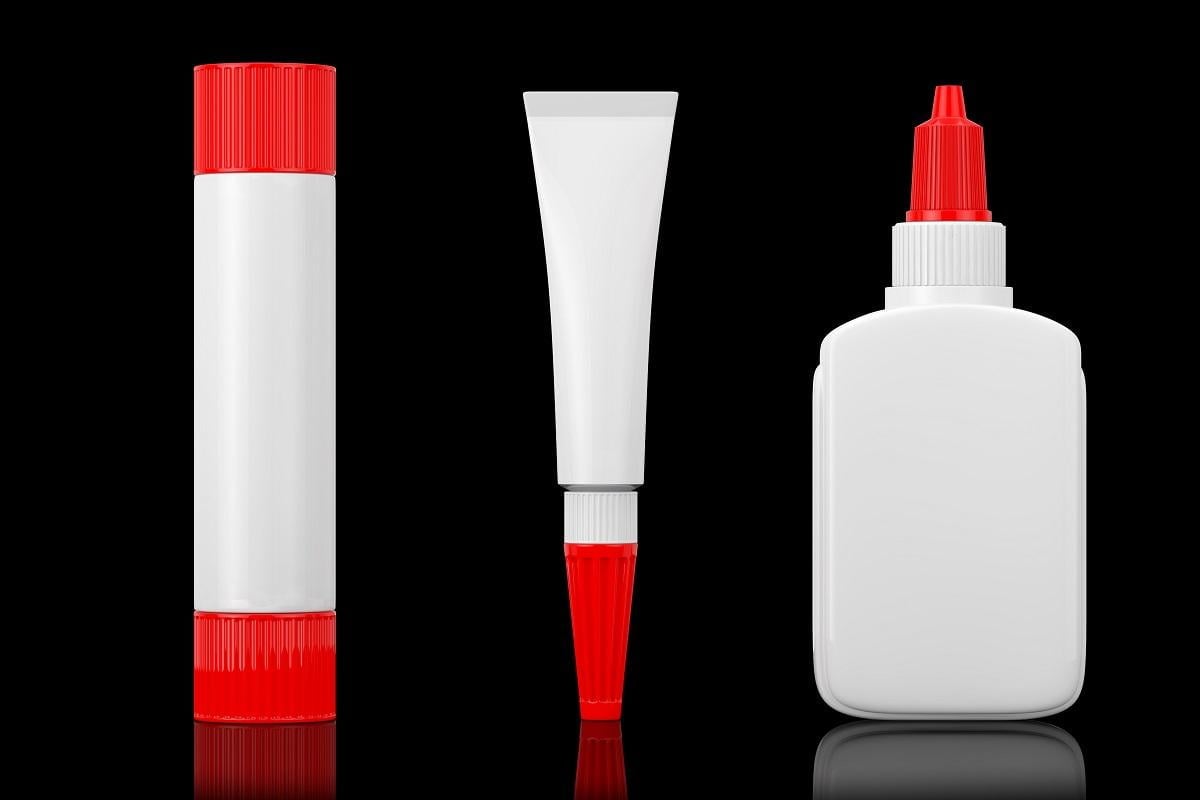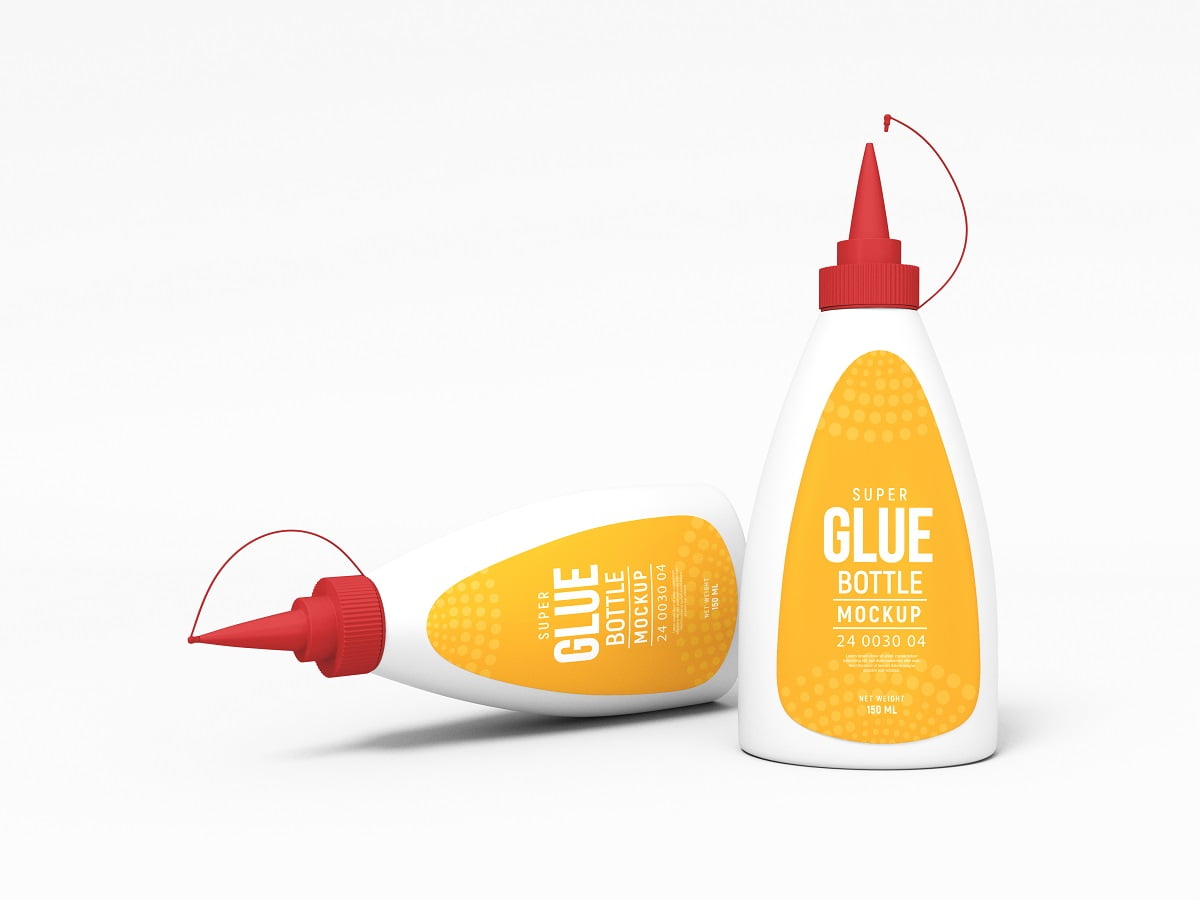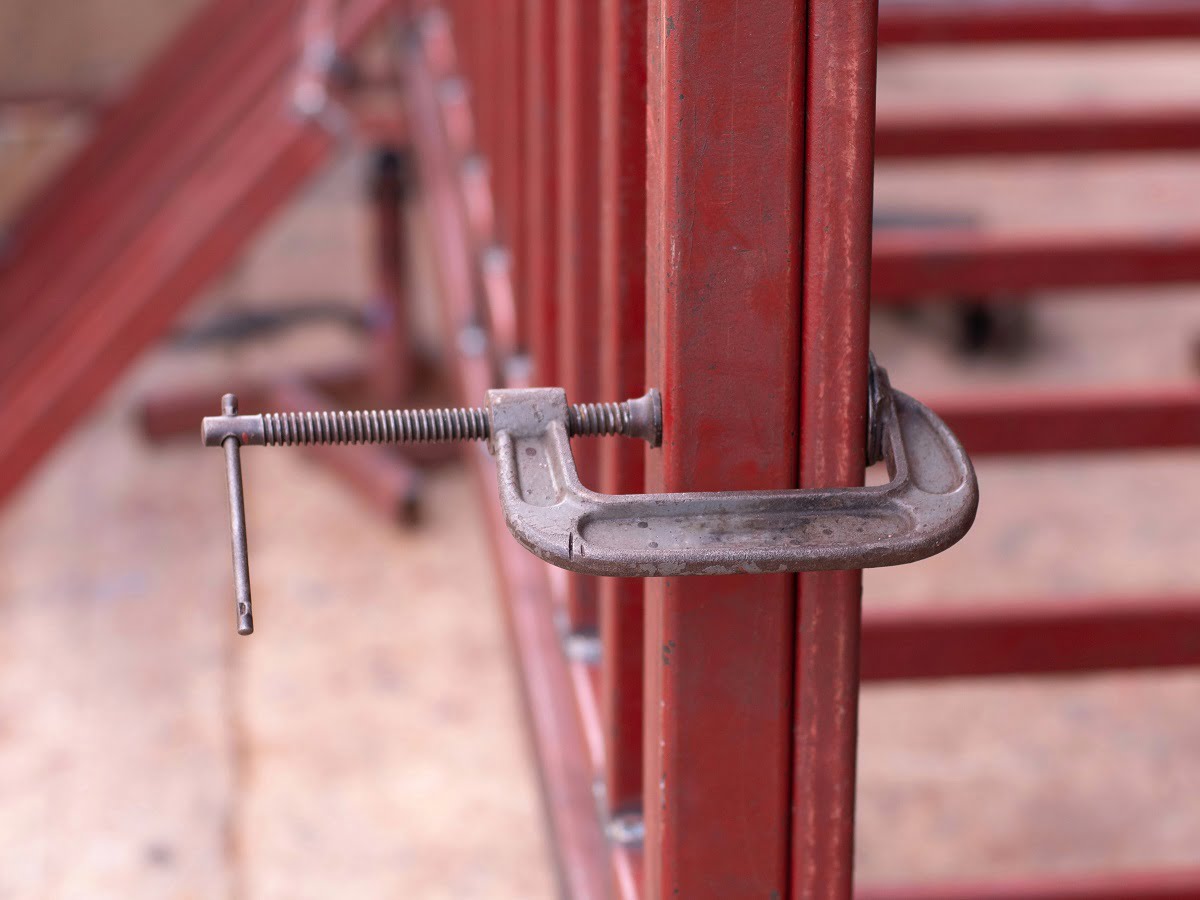For simple DIY projects or most everyday projects, super glue is the best solution!

Metals can be found everywhere and are used in everything from household items to large machinery and decorative. And, if you're wondering, does super glue work on metal to metal applications, the answer is yes. Super glue forms a strong bond with a metal surface, but only for a short period.
Although, in the case of metal to wood, super glue lasts quite a lot longer than metal-to-metal. In fact, among some high quality glue for metal to wood are super glues. If you have any doubts about how capable super glue is for wood, check out our exclusive article on can you use super glue on wood.
In case you’re wondering whether super glue can stick metal to metal, the short answer is it depends on the type of metal surfaces. Super glue isn’t that effective for smooth metal pieces. Gluing two metal pieces is not at all as easy as gluing two pieces of leather together, check out the full article to know more on that topic.
So, without further ado, let’s dive in!
What Is A Super Glue?

Super Glue, industrially known as cyanoacrylate adhesive (as it contains ethyl cyanoacrylate), is a high-strength, instant, and fast-bonding adhesive that can bond almost any kind of material. These adhesives are known for their temperature and water-resistant properties and are primarily used with wood, most plastics, metal, stone, paper, and many other materials.
Although super glue works well with almost any material, you shouldn’t use it on wool, cotton, or anything that can be placed in an oven, microwave, or dishwasher. This is because the glue isn’t food-safe.
Super glues exist in either liquid or gel forms. Liquids are ideal for penetrating fractures or cracks and dry faster than gels, but their gel counterparts create a more flexible bond. Also, gels drip less due to their higher viscosity, so you have greater control over projects requiring greater precision or vertical application like fixing delicate flatware or building models.
Localite super glue is currently the best glue on the market that comes with a patented-side squeeze design for precision application and easy gluing in tough-to-reach areas.
Who Invented Super Glue
Dr. Harry Coover, a part of the wartime research team, invented the super glue in 1942. The team was tasked to develop clear plastics to use in precision gun sights. And a substance with exceptional stickiness was discovered but not used at the time.
After a few years, in 1958, Coover realized the potential of cyanoacrylate and started to manufacture the glue for commercial sale. It became a widely popular and helpful household adhesive within a few years.
How Does Super Glue For Metal Work?
Cyanoacrylate forms an incredibly strong adhesive bond with almost any surface instantly, and the only thing it needs to set is water. Now that most objects already have a small portion of water in their formulation, these adhesives do an excellent job of sticking them quickly and efficiently.
Furthermore, air contains a trace of water in the form of humidity, so when molecules come into contact with it, they form a kind of plastic mesh. As the glue hardens, the mesh strands cannot move, strengthening the bond. However, a lack of adequate water would halt the bonding process and prevent the adhesive from hardening.
Super glue takes only a few seconds to dry and set. But, to attain a full bond strength, keep it undisturbed for a minimum of ten minutes.
Does Super Glue Work On Metal?
As stated earlier, super glue certainly works on metal, but short term. A metal super glue binds objects with porous surfaces better than smooth surfaces like metal and concrete surfaces. Let’s explain why.
The working of glue with the metals is divided into two parts. One is cohesion between the molecules of metal glue, while the other is adhesion between the glue and the metal surface.
Evidently, super glue is engineered to have higher cohesion levels and form a cross-linking structure as it is fully cured. But the real challenge lies in the bonding of metal atoms and glue molecules.
The bond between two metal surfaces doesn’t form unless there’s a charge transfer from metal to glue. And the polar functional groups present in the glue serve as connectors between the glue and the metal.
In simple words, the reaction between the metal surface and glue molecules forms a bond between the two. However, as these adhesive forces deteriorate, the bond between metal and glue weakens, and the glue can no longer hold two metal bolts together. So, super glues typically adhere to metal surfaces for a shorter period.
How To Glue Metal?
Gluing metal involves only a few steps, and the right glue, of course.
Step 1: Preparations
We recommend working in a workshop or a well-ventilated area with adequate space to handle all the necessary materials well. Use protective papers or clothes to cover up the furniture. Then conduct a thorough survey of the parts and test the fit. Make sure to remove any particles or fragments obstructing a seal.
Step 2: Clean The Metal
Metal surfaces need to be dry and clean before applying any glue. So, remove any dirt, dust, grease, wax, or oil using a clean damp cloth. Also, most metals have rust deposited on their surfaces, so make sure to clear them up using fine-grit sandpaper.
Step 3: Join Metal Pieces
Position the pieces and press the prepared surface firmly to ensure a tight seal without gaps. Leave the parts undisturbed for a few minutes to form a bond.
Metal epoxy adhesives take longer to bond, and you might need to clamp them for at least an hour. Although metal glues and polyurethane glues cure faster than epoxies and ordinary glues, clamping is recommended for stronger bonds. Keep the pieces undisturbed overnight for full bond strength.
And clean off excess glue using acetone or mineral spirits.
What Safety Measures To Take When Applying A Super Glue?
To maintain safety while using super glue, always work in a well-ventilated area such as a larger room with multiple windows open and a working fan. The more air flows around your workspace, you’ll inhale fewer fumes. You can also glue outside if you don’t have access to such rooms.
After finishing the work, take a few minutes to wash off any glue from your skin. It would be better to wear nitrile gloves when working with super glue. This is because the skin is made of crevices, cracks, pores, and grooves, which provide the glue with a perfect surface to grab onto. Moreover, the skin is saturated with water, which activates the hardening process of the glue.
How To Remove Super Glue From Metal?
A. Collect Required Items
To remove super glue from metal, you need the following items:
- A sponge
- Clean rag
- Cotton pads or balls
- Nail polish remover or acetone
- Plastic scraper or a putty knife
- Rubber gloves
B. Apply And Scrape
Put on your gloves and soak a cotton pad or ball in a nail polish remover or acetone. Apply the cotton to the excess glue for five to ten minutes. When it feels like loosening a bit, use a plastic scraper, putty knife, or a razor blade to scrape off the glue. Be careful not to scratch the surface.
C. Wipe And Repeat If Required
With most glue removed from the surface, repeat the above steps to eliminate any leftover residue. And once all adhesive is removed, use the sponge to clean the metal surface using soapy water and a clean rag to dry it off.

Does Super Glue Work On Metal Final Words
That’s all we’ve to tell you about using super glue on the metal!
But before leaving, here are a few tips for using super glue on the metal. After creating a rough surface using sandpapers, add a few tiny drops on a single metal piece and not on both. It minimizes the risk of using too much glue, that’ll stop the parts from sticking together.
After gluing the pieces together, secure the parts using clamps. It allows the creation of the needed strong bonds and might cut down on the drying time.
We’ll now wrap up this guide. See you again next time!
